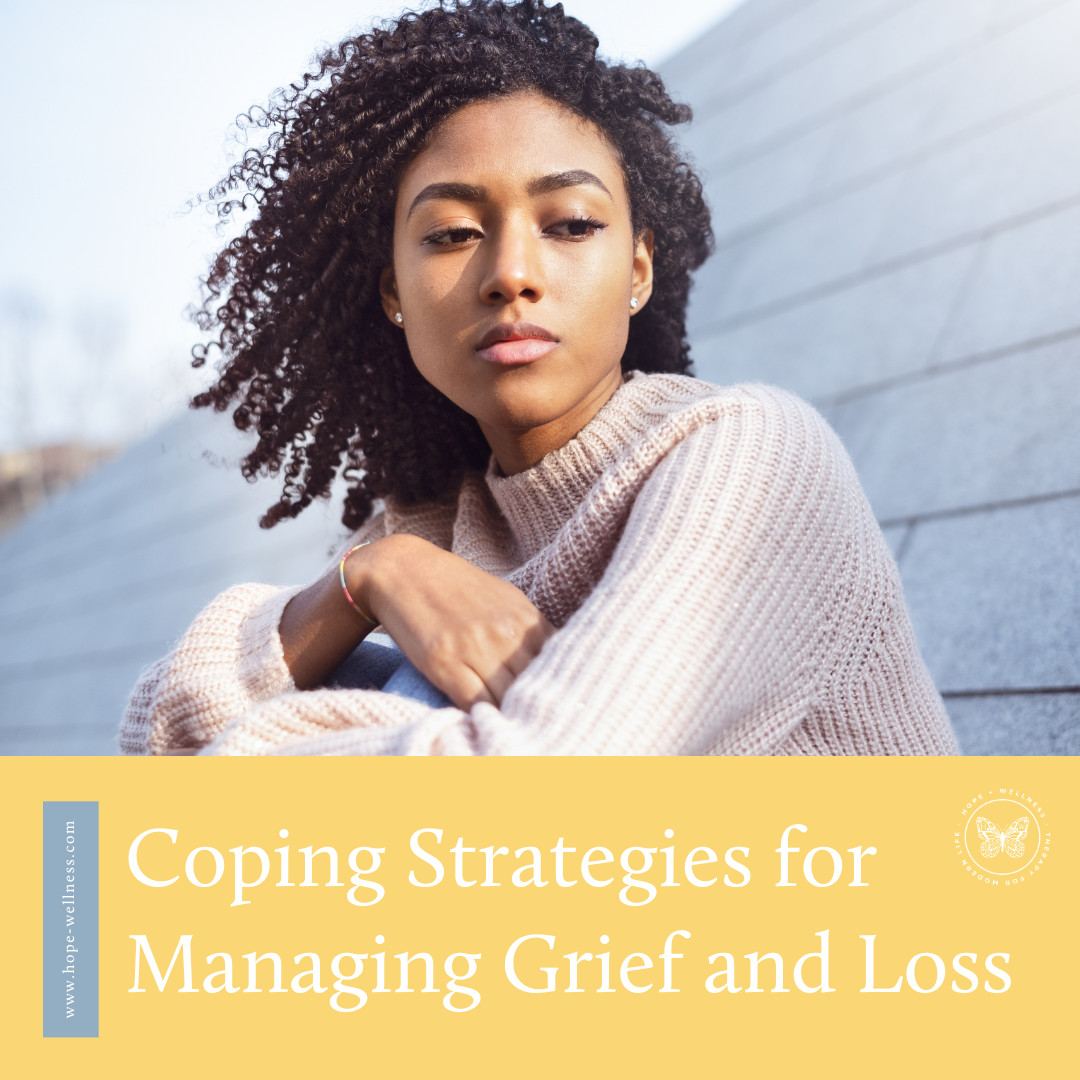What is a Trauma Response?
To understand what a trauma response is, first we must understand what exactly trauma is.
Despite what you may currently understand about trauma, trauma isn’t defined by a type of event–though some events are more likely to lead to trauma than others, and therefore more commonly cause trauma. What trauma is referring to is the emotional response one has from those events.
Some events, like abuse, sexual violence, physical violence, car accidents, natural disasters, etc. are what we commonly think of when we think of trauma. But because trauma is referring to an emotional response to a disturbing event–disturbing meaning exceeding the individual’s ability to cope with it, so the definition isn’t so cut and dry. What may be disturbing and traumatic for one person can be different for another.
So how can trauma show up?
The way trauma shows up in our lives is called a trauma response. Essentially, a trauma response is the repeated occurrence of a coping mechanism that helped you survive your trauma, but now it is present whether or not the danger you’re sensing is real.
After a trauma, we are often hypervigilant, and on alert for danger reflexively, in order to protect ourselves from further harm. This means that small things that don’t actually present a true danger are interpreted by our brains to be a threat, and our coping responses are activated.
If you have experienced a trauma, this can leave you feeling out of control or like what you’re doing “doesn’t make any sense” but it’s actually your brain’s natural protective response. Experiencing trauma changes how your brain processes new events; while you rationally may be able to understand that the context of your new situation is different from the situation which caused you trauma, your brain isn’t able to distinguish that difference when processing what’s happening.
That means, in new situations where the context is different but events are similar, your brain may activate your trauma response, even when there are no dangers present.
What are the trauma responses?
There are four main responses to trauma. These responses are:
Fight
Flight
Freeze
Fawn
Most people know about fight or flight, but the two others are less commonly heard of, though just as commonly experienced. It’s also important to note that there are healthy uses of each of these responses. Trauma however, can override our ability to use these responses in a healthy way, and can begin to rely on one response no matter the context.
So what do each of them mean?
The Fight Response:
The fight response is when threats (real or perceived) are faced with aggression, or perhaps even physical violence.
In a healthy instance this can look like being firm with boundaries, speaking up for yourself when you’re being disrespected or mistreated, protect yourself from immediate threats when necessary, and being confident in asserting yourself.
However, as a trauma response, we’re not able to balance it with our rational thought, which means the fight response is less of a response and more of an immediate reaction. As a trauma response it can show up as meeting a perceived conflict with aggression–essentially using conflict to navigate conflict. It can look like physical blow ups–yelling, slamming your hands or fists into things, etc.–being aggressive or mean with others, as well as being inwardly angry with yourself, often without knowing why.
The Flight Response:
The flight response is when threats (real or perceived) are abandoned or fled from.
Again, this isn’t always a bad thing! There are cases where leaving the situation is actually the best choice. This response, when we’re able to use it in a healthy way, can aid us in doing things like leaving toxic relationships, avoiding dangerous situations, walking away from harmful conversations or environments, etc.
As a trauma response, the flight response can show up as a need to stay busy all of the time. There’s a belief that in running away you cannot be harmed, and that can often lead to running away mentally–aka disengaging, and doing whatever you can to stay busy. You can also experience it physically: feeling a need to be constantly fidgeting or tapping or be in motion somehow can be a way this response shows up in your life.
The Freeze Response:
The freeze response is when you aren’t able to respond or act at all in the face of threats (real or perceived).
Used well, the freeze response can help you slow down, pause, and assess a situation. It gives you the opportunity to consider what is really going on before jumping into action.
When showing up as a response to trauma, the freeze response looks like: disengaging, physically freezing, spacing out, dissociating, essentially being altogether disconnected from yourself and your present reality. This can help you survive in moments of trauma, when what is happening is too disturbing for your brain to process, but in day to day life it harms, rather than helps you.
The Fawn Response:
The fawn response is when threats (real or perceived) are met with a compulsion to just make everyone happy.
With the fawn response, we can tap into compassion for others, use our skills of listening, compromise, and a sense of fairness. However, these things can be detrimental to you if not balanced and practiced with firm boundaries.
If compassion and fairness give way to a need to please everyone all of the time at the expense of yourself–that’s a trauma response.











Getting to know your inner child is a journey of self-discovery and healing. It’s about honoring the child within you, understanding their needs, and providing the care they’ve longed for. While the process can be challenging, the rewards—greater self-awareness, emotional freedom, and a more fulfilling life—are well worth the effort. Here’s how you can start.